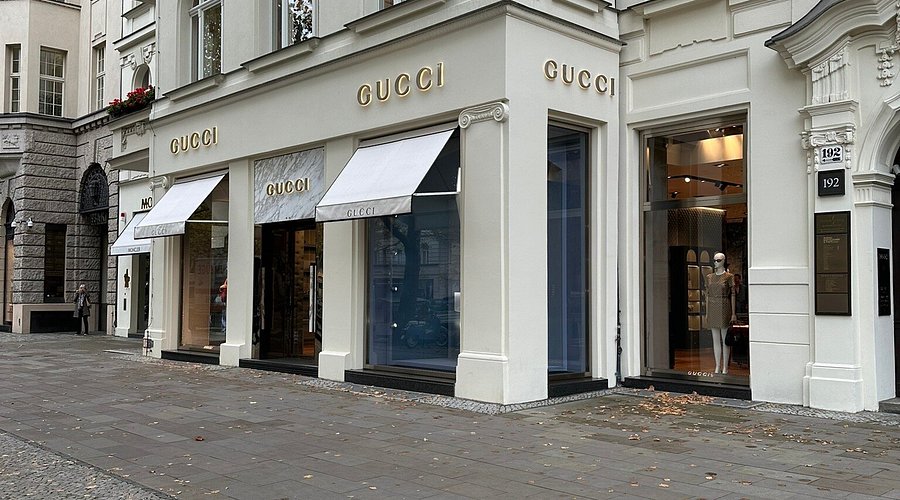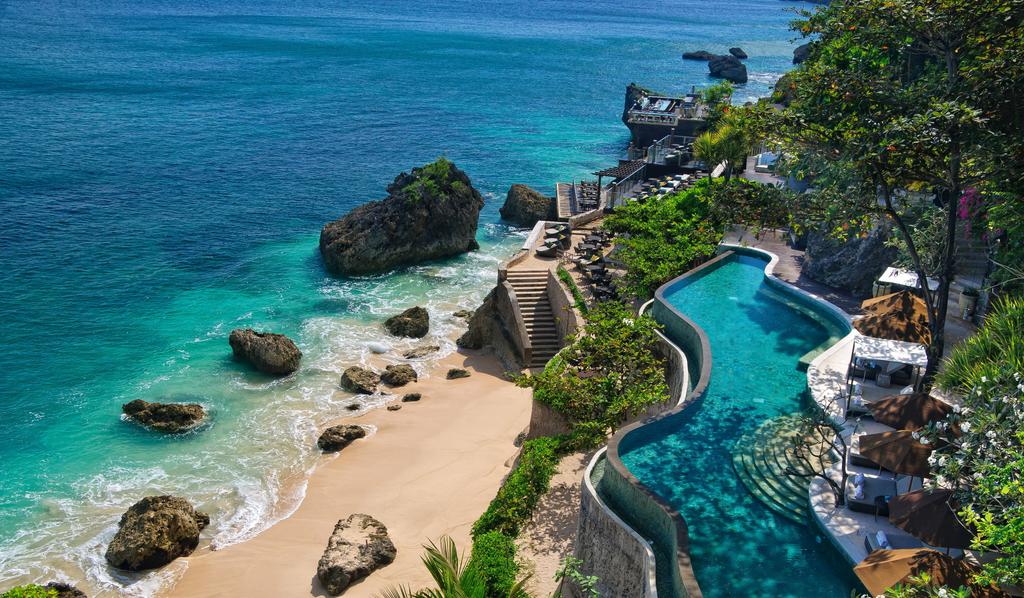Personal Ocean Sanctuaries Become the Latest Investment in Privacy and Prestige
By
Sophie Moore
Last updated:
September 22, 2025
First Published:
September 22, 2025

Photo: Six Senses Con Dao
For the world’s wealthiest individuals, privacy has become the most prized possession. While private islands once represented the pinnacle of exclusivity, even these terrestrial retreats no longer satisfy the craving for solitude. A new era of luxury ownership is rising in the form of personal ocean sanctuaries where floating or submerged habitats provide an escape from the reach of both society and land.
From islands to sanctuaries at sea
Unlike islands which are fixed and bound by national jurisdiction, personal ocean sanctuaries are designed as movable or independent dwellings anchored in international waters. This grants a level of autonomy and freedom unavailable even to island owners. For billionaires who wish to control their environment and shield their lifestyles, the sea has become the ultimate blank canvas.
Engineering the impossible
These sanctuaries are feats of advanced engineering. Some take the form of futuristic floating villas with glass floors and expansive terraces while others resemble underwater havens where entire living quarters are submerged beneath the surface. Equipped with desalination systems, renewable energy, and private security technology, they function as self sustaining ecosystems rather than temporary getaways.
The symbolism of owning the sea
To own an ocean sanctuary is not simply to possess real estate. It is to lay claim to an environment that transcends traditional boundaries. The wealthy view these sanctuaries as more than homes. They are statements of power that symbolize independence from governments, regulations, and even conventional definitions of property. Privacy becomes absolute when one’s nearest neighbor is hundreds of nautical miles away.
Life at the edge of civilization
The daily experience within these sanctuaries is designed for comfort and indulgence. Private chefs use aquaponic systems to prepare meals from ingredients grown or harvested on site. Guests enjoy panoramic views of marine life through transparent walls. Recreational activities range from deep sea exploration to high end spa treatments performed within soundproof floating chambers. Every element is curated to merge isolation with extravagance.
The appeal to investors
Beyond the personal allure, personal ocean sanctuaries are becoming attractive investment opportunities. Wealthy families view them as assets that appreciate in prestige value. Some entrepreneurs are envisioning networks of luxury sanctuaries that may one day function as elite floating communities. As demand grows, companies specializing in maritime architecture and renewable technologies are finding lucrative new markets.
Ethical and environmental considerations
As with all luxury innovations, these sanctuaries are not free from controversy. Critics argue that privatizing vast stretches of ocean undermines collective responsibility for marine conservation. Concerns over ecological disruption are growing as more habitats are proposed. In response, some developers pledge to build sanctuaries that function as marine research hubs, positioning them as both indulgent retreats and contributions to environmental science.
The psychology of retreat
Psychologists note that the super wealthy often seek environments where they can feel both untouchable and centered. Personal ocean sanctuaries offer this balance by providing unmatched solitude while immersing owners in the vastness of nature. For individuals who navigate global empires, the ability to retreat into silence surrounded only by waves provides a rare form of mental luxury.
A shifting definition of prestige
Prestige is no longer measured solely by the size of a yacht or the opulence of a penthouse. It is measured by one’s ability to access the inaccessible. Ocean sanctuaries mark a shift from possession to dominion over unique environments. They are the next frontier in a lineage of wealth expressions that constantly evolves to maintain exclusivity.
What lies ahead for ocean ownership
Looking forward, ocean sanctuaries may become more common among the elite but they are unlikely to lose their aura of rarity. Their cost, complexity, and symbolism ensure they will remain the preserve of the few. For now, they represent the highest tier of privacy and prestige, reshaping how the wealthy engage with the planet by redefining the ocean as personal territory.
Subscribe to unlock premium content
Sed at tellus, pharetra lacus, aenean risus non nisl ultricies commodo diam aliquet arcu enim eu leo porttitor habitasse adipiscing porttitor varius ultricies facilisis viverra lacus neque.
A comprehensive guide on Agile development

10 Productivity tools that are worth checking out

Top 7 Must have management tools for productivity

A comprehensive guide on Agile development

10 Productivity tools that are worth checking out

A comprehensive guide on Agile development








.png)
